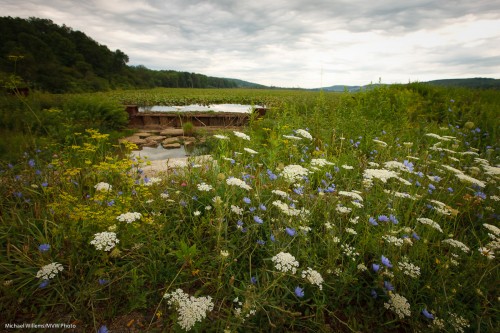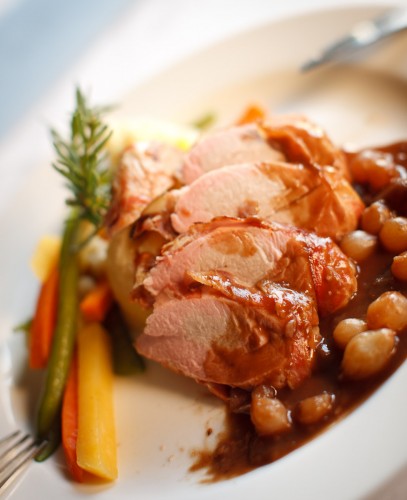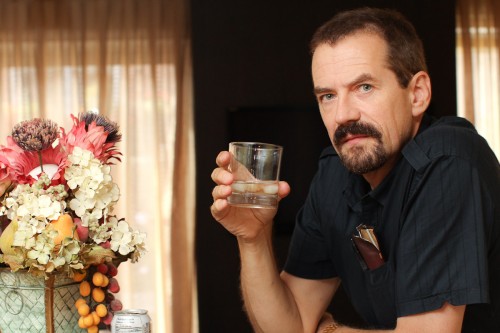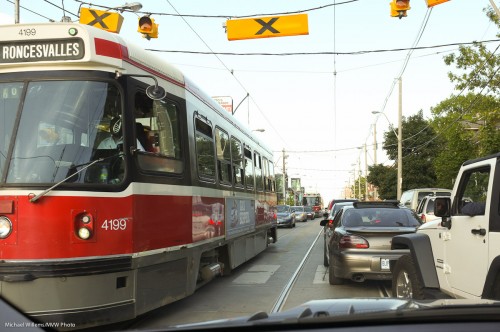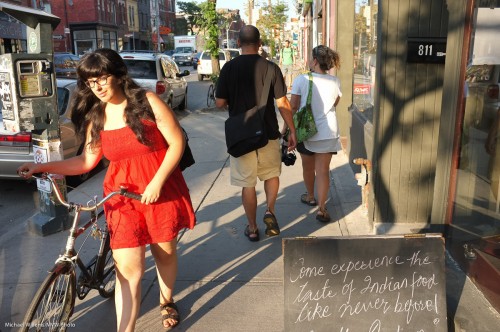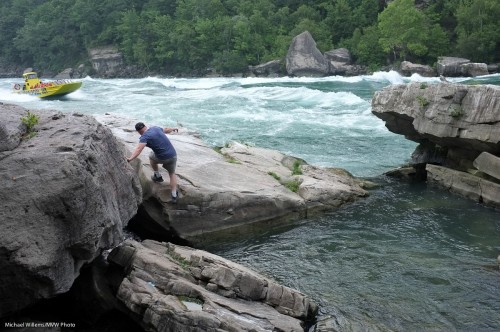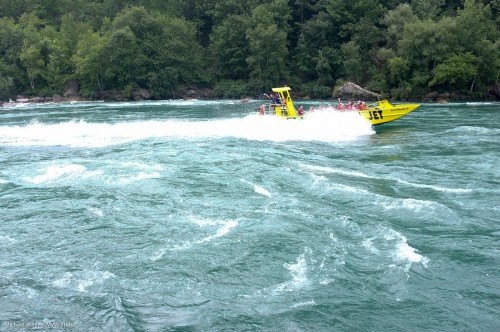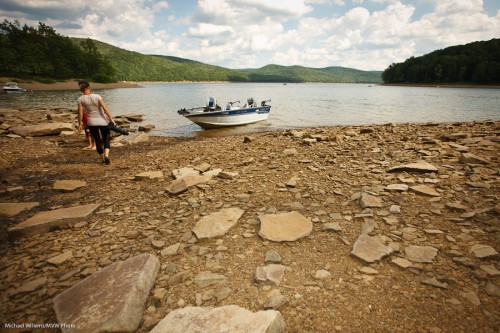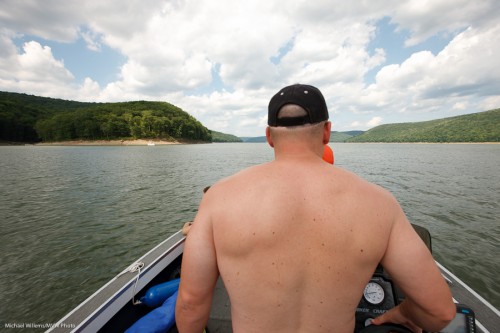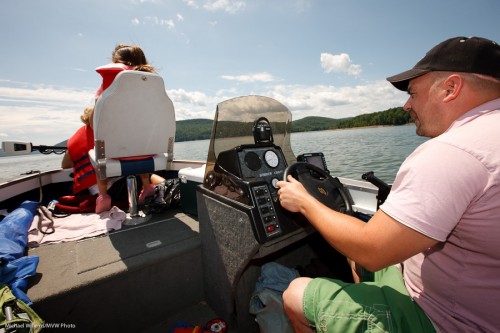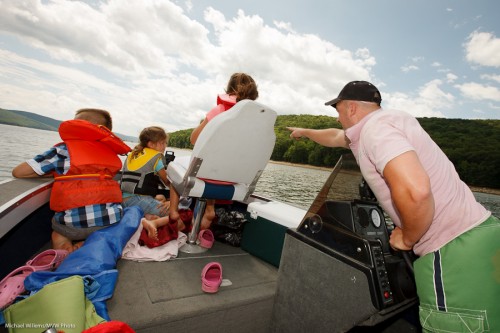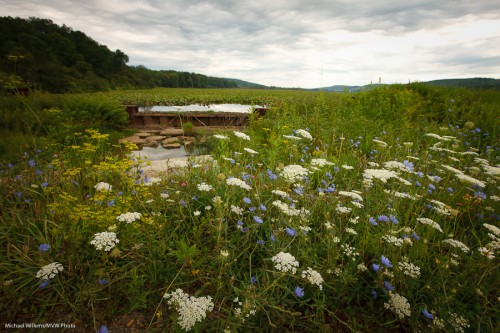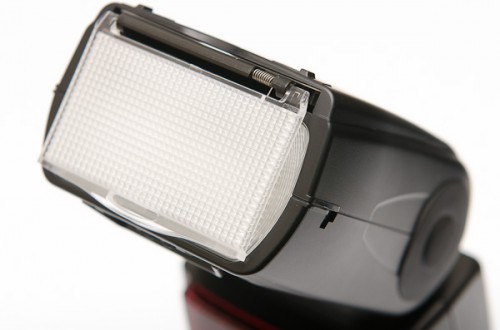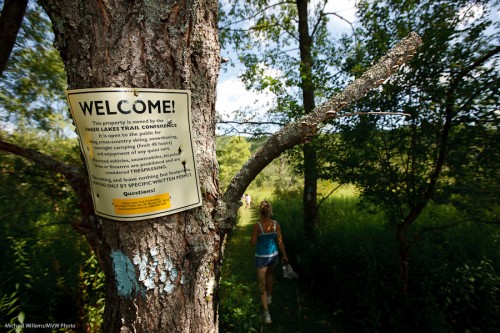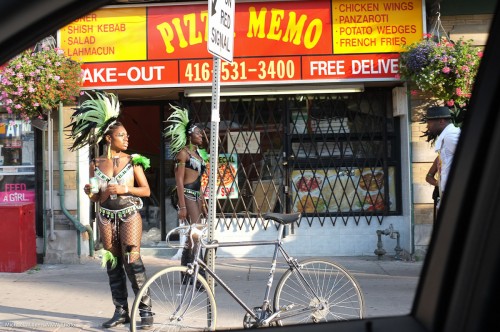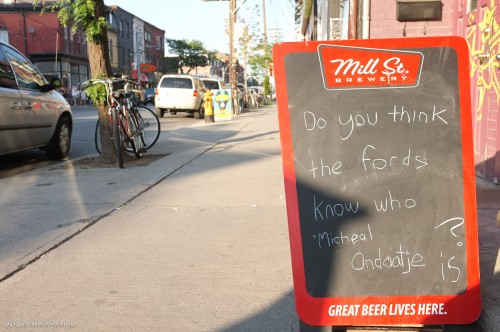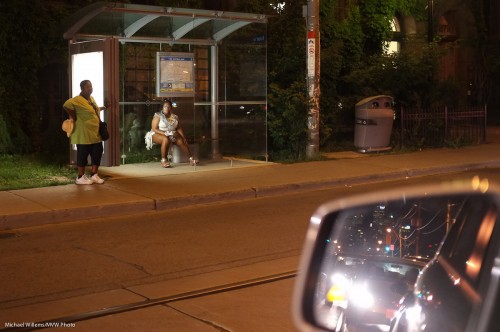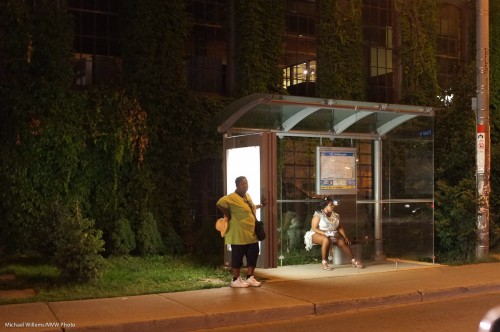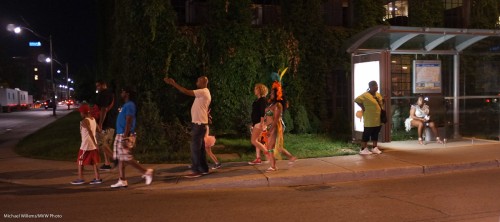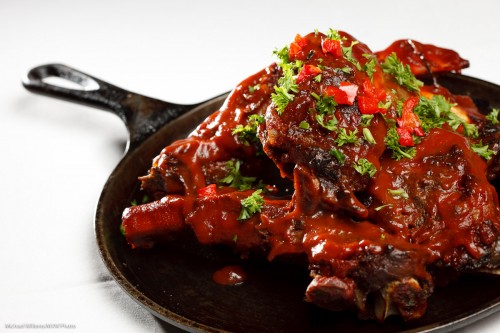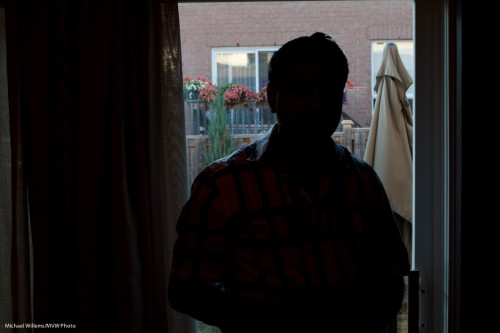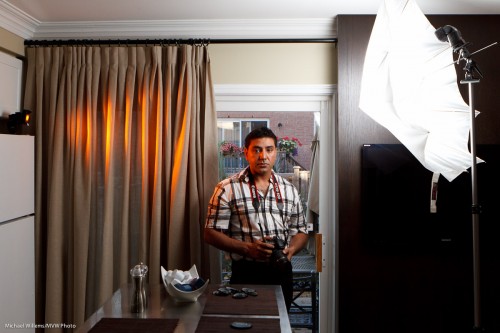Why use wide angle lenses for landscapes like this?
For various reasons. I have gone through them repeatedly, but here again, all at once:
- The wide angle lens gives you a feeling of being surrounded by the environment. That is because of simple geometry – if I look left, lines I am travelling along will look horizontal, while ahead of me they look vertical.
- I get more in.
- I can get depth into the image (get close to something and you get the “close-far” depth effect).
- It is easier to focus on “everything” – the wider the lens, the more extended depth of field.
- It is easier to shoot slow – a 200mm lens may need 1.200th second to be sharp, while a 16mm lens may be able to do a sharp picture at 1.15th second.
That’s why I always carry my 16-35 lens (on a full frame camera).

